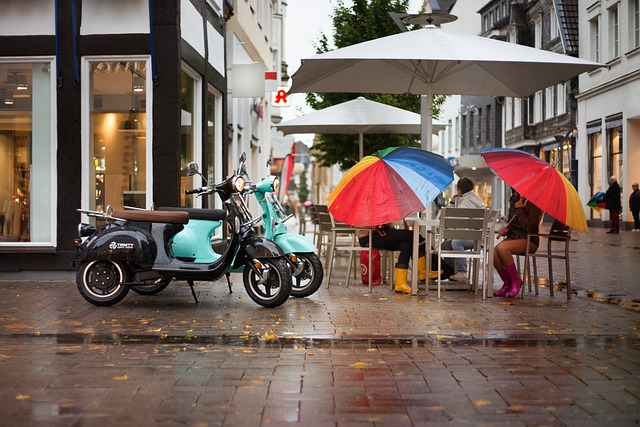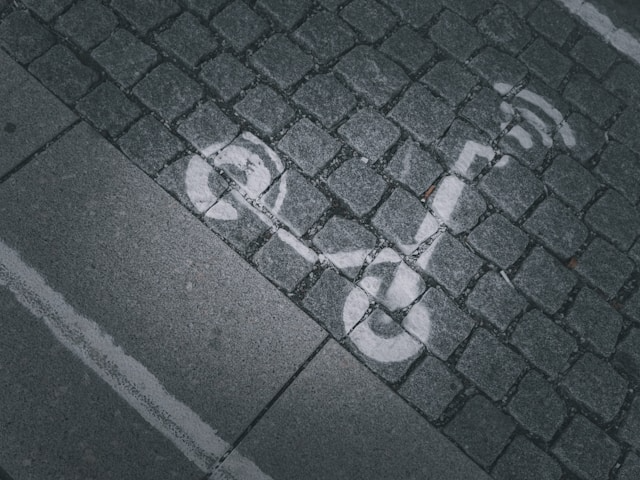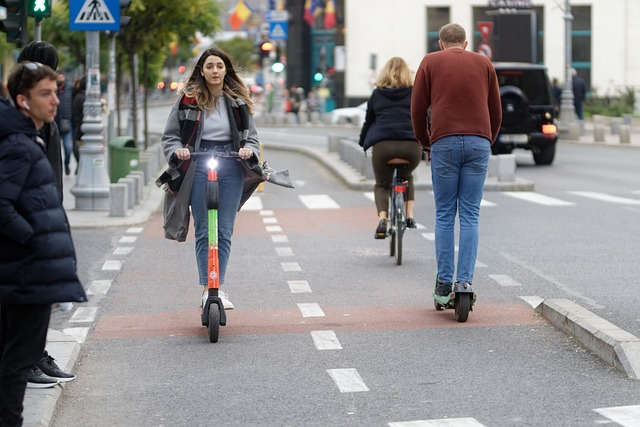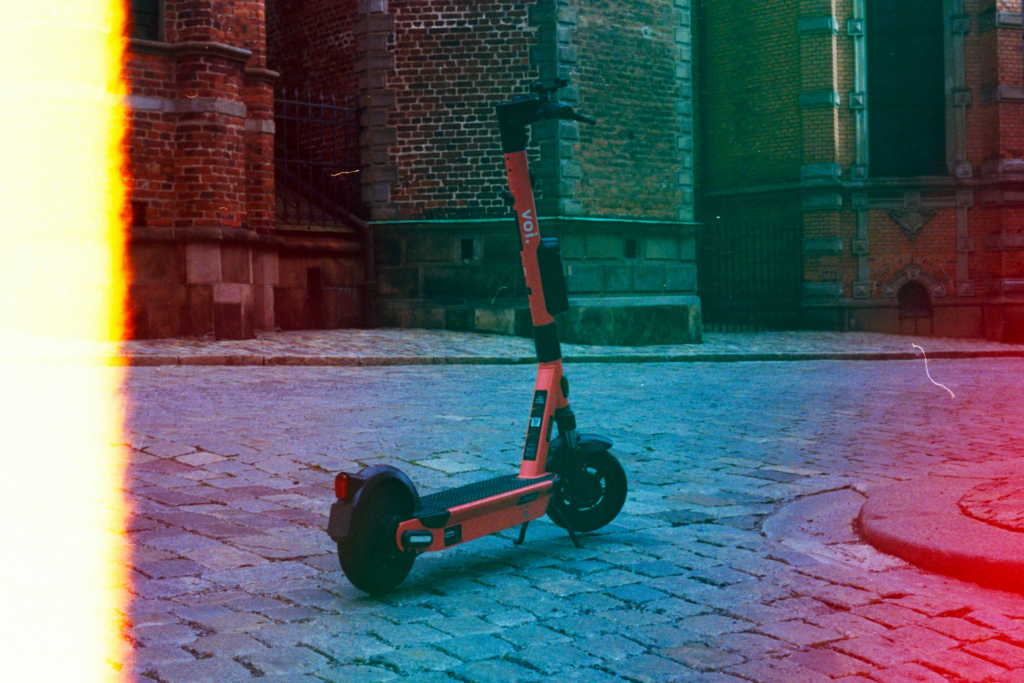Hawaii is a place best known for its scenic routes and landscapes. And to explore it more deeply, scooters are the most used and best way of transportation on the island.
If we see, whether it is Hawaii or anywhere around the world, scooters have always been popular for a long time. I think the main reason for its popularity is its affordability, fuel efficiency, and ease of use.
Whether you’re a local or a tourist wanting to visit the Diamond Head, scooters can be the best way to commute. You can avoid the hassle of traffic, or just ride alone enjoying the greenery around you while also keeping the environment safe.
But to enjoy your ride to the fullest, one important thing that you should know about is the average scooter cost. In this article, we will, thus, look at the average costs of scooters, the factors that affect prices, and tips on how to enjoy the best as far as value for money is concerned.

Scooter Costs: An Overview
Costs of scooters in Hawaii vary widely depending on whether you want to buy a new or used scooter, want to rent one for a brief time, or want to ride with it as a long-term transport. Here are a few of the main factors that would affect cost and your riding experience:
Type and Make of Scooter: High-performance or brand-name scooters like Vespas or Hondas will naturally price a lot higher than generic or lesser-known brands.
Displacement: This is measured in cubic centimeters (cc) and relates to the price of a scooter engine size. Bigger engines-150cc and above will cost much more than smaller capacity scooters- say 50cc.
New Versus Used: New scooter costs are higher in the beginning but can save money on used if purchased from reputable sellers.
Location and Supply: Hawaii’s island geography can affect price due to relatively smaller stock, plus higher costs of transport.
Other costs: In addition, costs must be included for insurance, registration, maintenance, and fueling the scooter.

Knowing the Average Scooter Costs
Every scooter has a different pricing and it all depends on different criteria. To clearly know the average pricing of a scooter, there’s a lot you need to look into. Keep reading to get an idea of what affects the pricing of a scooter.
1. Understanding the Types of Scooters
The price of a scooter depends a lot, according to the type of scooter you want. Here are the principal types:
a. Electric Scooters
I’ve been seeing the electric scooter, also known as an e-scooter, being preferred by many as it is environmentally friendly yet inexpensive to operate in the long term. Electric scooters cost usually range from $300 to $5,000, depending on the make and model.
Entry-level scooters are great for people commuting a distance, while high-end high-range and technology are suited for those who are more demanding.
b. Gas-Powered Scooters
Traditional gasoline scooters are also well-known for being the most robust and far-reaching type of scooter. Their prices range from $1,000 to $3,500. Gas-powered scooters are generally good for long-distance rides as they go faster than most electric scooters.

2. Key Factors Influencing Scooter Costs
The average price of a scooter depends on many factors. We have discussed some factors to make things easier for you to understand:
a. Brand and Reputation
The brand and high reputation of a scooter manufacturer usually take precedence in the pricing. Older brands like Vespa, Honda, and Segway charge comparatively higher since they have earned immense trust through their quality and durability as well as through the development of their brand image.
This strong and positive reputation has been developed by these companies in the scooter market, so they can afford to price their products higher.
b. Features and Technology
New-generation scooters comprise many advanced features in addition to an extra cost. While being expensive and technology-enhanced, all these marvelous additions like Bluetooth connectivity, smartphone connectivity, GPS tracking, anti-theft security systems, and regenerative braking systems serve their usefulness but definitely add greatly to the price of that scooter.
c. Battery and Engine Specifications
In evaluating the technical specification of a scooter, its power source will be the major determinant of price. Indeed, the type and capacity of the battery—such as advanced lithium-ion batteries—are fundamental elements determining the price of an electric scooter.
Engine size in cubic centimeters (cc) is the principal determination for a gas-powered scooter, as the bigger the engine, you’ll get more power and more top speed it generates but at a much higher price.
d. Materials and Build Quality
The materials used in assembling a scooter may also contribute to its price. Premium materials like lightweight aluminum or carbon fiber do not just enhance the scooter’s durability and performance but also have an additional price tag.
Scooters built from standard materials may be less expensive but offer less quality and durability than some premium scooters.
e. Geographical Location
Indeed, prices would vary significantly for a scooter depending on its purchasing location. Local taxes, import fees, and regional demands are factors that generate varying costs.
For example, an urban place is often more expensive than a rural one because of the higher demand for scooters in urban areas.
f. New vs. Used
Here too, the scooter from brand new to old makes a huge difference in the price of the scooter price. Meanwhile, used scooters are more economical and their prices may range between $200 and $2,000, depending upon their conditions, age, and model.
However, buyers will also incur costs for maintenance and repairs that might be incurred when choosing a used model.

3. Breakdown of Costs Associated with Scooter Ownership
Owning a scooter involves more than just the purchase price. Here’s a breakdown of additional costs:
a. Registration and Licensing
In most parts, scooters have a compulsory registration and the corresponding fee generally ranges between $50 and $200 annually. Licensing requirements usually differ depending on the size or power of the scooter’s engine.
In case, for example, if it’s a high-powered scooter, it would possibly need a motorcycle license, which also entails an additional test and fees as prescribed by local rules and regulations.
b. Insurance
Scooter owners have to spend on insurance as one of their regular expenditures. Depending on the type of scooter, the age of the rider, their driving history, and where they live, insurance prices can vary from one person to another.
Annual premiums would generally be around the range of $100 and up to $500. It is important to ensure adequate coverage for legal compliance as well as financial security.
c. Fuel and Electricity
Scooters have varying operating costs depending on the source of energy. Gasoline-powered scooters can achieve fuel economy at a range of 50 to 100 miles per gallon and thus keep the fuel cost spent low.
On the contrary, electric scooters are even more affordable to use, with an average charging cost of only $0.01 to $0.03 per mile, thus making it a cost-effective and environmentally friendly option.
d. Maintenance and Repairs
Frequent maintenance helps scooters run smoothly. They require routine service, including oil changes, brake inspections, tire replacements, and typical yearly expenses ranging from $100 to $300.
Most moving parts in electric scooters make them cheap to maintain, but sometimes they may require repairs, such as battery replacement for longer battery life and superior performance.
e. Accessories and Gear
Other accessories like helmets, locks, and storage solutions add more money to the overall cost of owning a scooter.
Safety gear, more specifically helmets and maybe other accouterments, are another cost to factor in for good protection.
They price anywhere from about $50 for the entry models to as high as $300 or over at the top tier. Storage accessories also have high-quality locks to further enhance security and convenience.
4. Average Costs by Category
When considering purchasing a scooter, it’s helpful to break down the average costs by category to get a comprehensive understanding of expenses:
a. Budget-Friendly Options
- Electric Scooters: $300-$800
- Gas-Powered Scooters: $1,000-$1,500
b. Mid-Range Options
- Mid Range Electric Scooters: $800-$2,000
- Gas-Powered Scooters: $1,500-$2,500
c. High-End Scooter Options
- High-End Electric Scooters: $2,000-$5,000
- Gas-Powered Scooters: $2,500-$3,500
5. Tips for Saving Money on a Scooter
If you want to save your money on your scooter, here are some tips that will help you do so:
a. Compare Prices
Take time for research and comparison shopping. Investigate the prices for retailers and online platforms.
Check local dealers and online marketplaces, so you can be assured of not missing out on the best deal. Customer feedback and specification comparison are also effective in choosing the most cost-effective options.
b. Consider Used Scooters
Buying a pre-owned scooter can be cost-effective. However, before making any purchases, ensure that you check the condition of the scooter as well as the maintenance records of the scooter and performance testing. Buying from a reputable seller or dealership can in fact give more assurance.
c. Look for Discounts and Promotions
Many stores offer discounts during holidays or clearance and end-of-season sales. Taking note of these promotional schedules and timing your purchase on these promotional periods will save you a chunk of bucks.
Subscribing to newsletters to retail outlets or even following these retailers on social media can help you get up to date with upcoming deals.
d. Opt for Basic Models
Should you be on a budget, then you may want to opt for a scooter without many advanced features. The basic models are usually pretty good in terms of performance and are cheap alternatives suitable for those whose wallets are a bit light for the time being.
e. Invest in Quality
While choosing the cheapest models may seem appealing, buying a well-constructed scooter from a reputable brand will save you money in the long run. High-quality scooters generally last longer, need fewer repairs, and fetch higher prices in the resale market compared to cheaper alternatives, making them the wiser investment over time.
Conclusion
As I believe, scooters are the most valuable possible options for transporting, but it is much more essential to comprehend the costs involved in arriving at a good decision about it. There are many things to factor in when looking at how much an investment will cost, from the type of scooter you want to consider other costs that come with ownership.
Whether you prefer the stylish option of going electric or the dependable option of going gas, there will always be a scooter suited to your particular budget and lifestyle. By looking into all your needs, comparing several options, and planning for long-term expenses, enjoying the freedom, convenience, and flexibility scooters bring will not break the bank.
Frequently Asked Questions
What factors influence the cost of a scooter?
Several factors affect the price of a scooter, including the engine size and type (electric or gas-powered), brand reputation and quality, added features, like advanced braking systems, GPS, or smart technology, and finally, build materials and durability.
Are used scooters cheaper than new ones?
Yes, used scooters are generally cheaper. Prices depend on the scooter’s age, condition, and mileage. A good-quality used scooter can save you 20-50% compared to a new model.
Where can I find affordable scooters?
You can find scooters at local dealerships, online marketplaces like Craigslist or Facebook Marketplace for used models, or retailers specializing in budget scooters.

